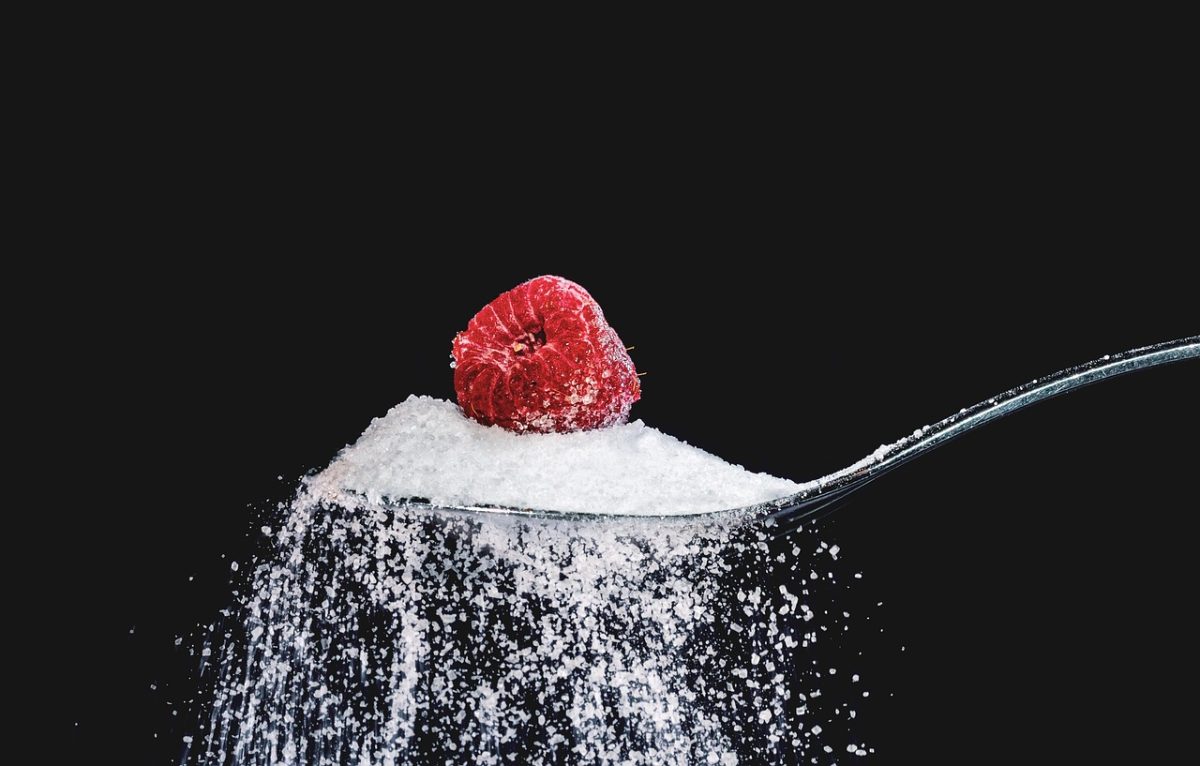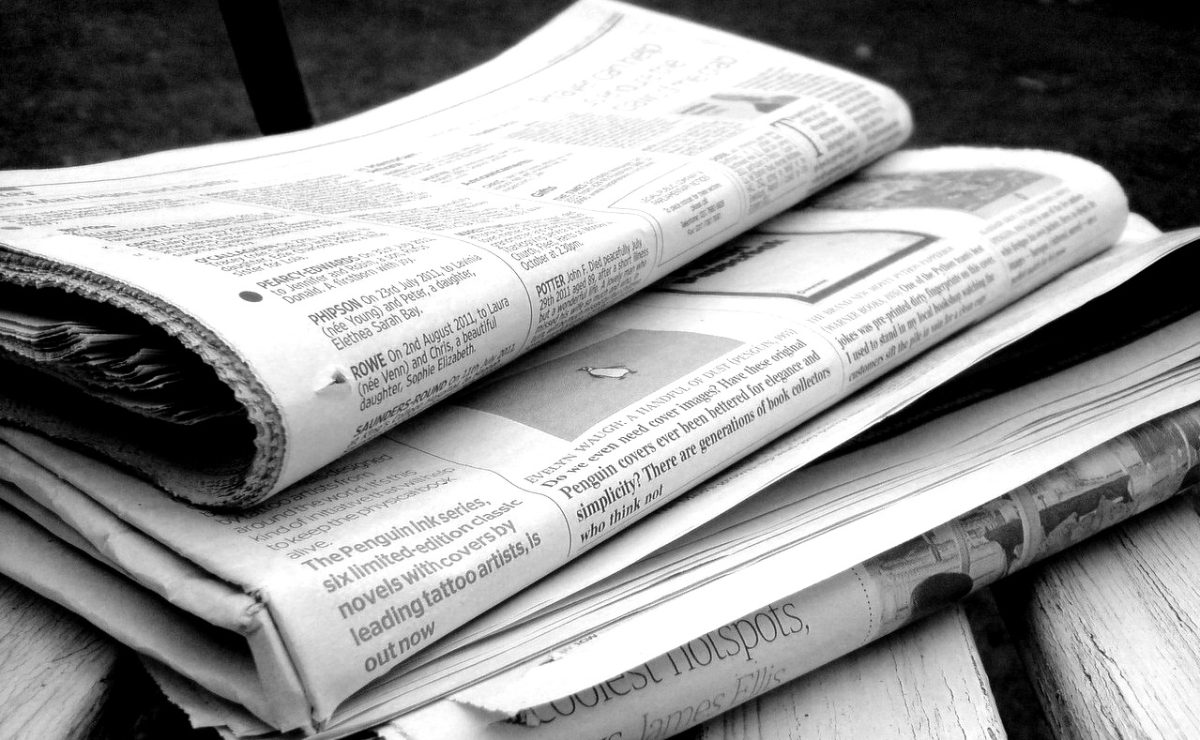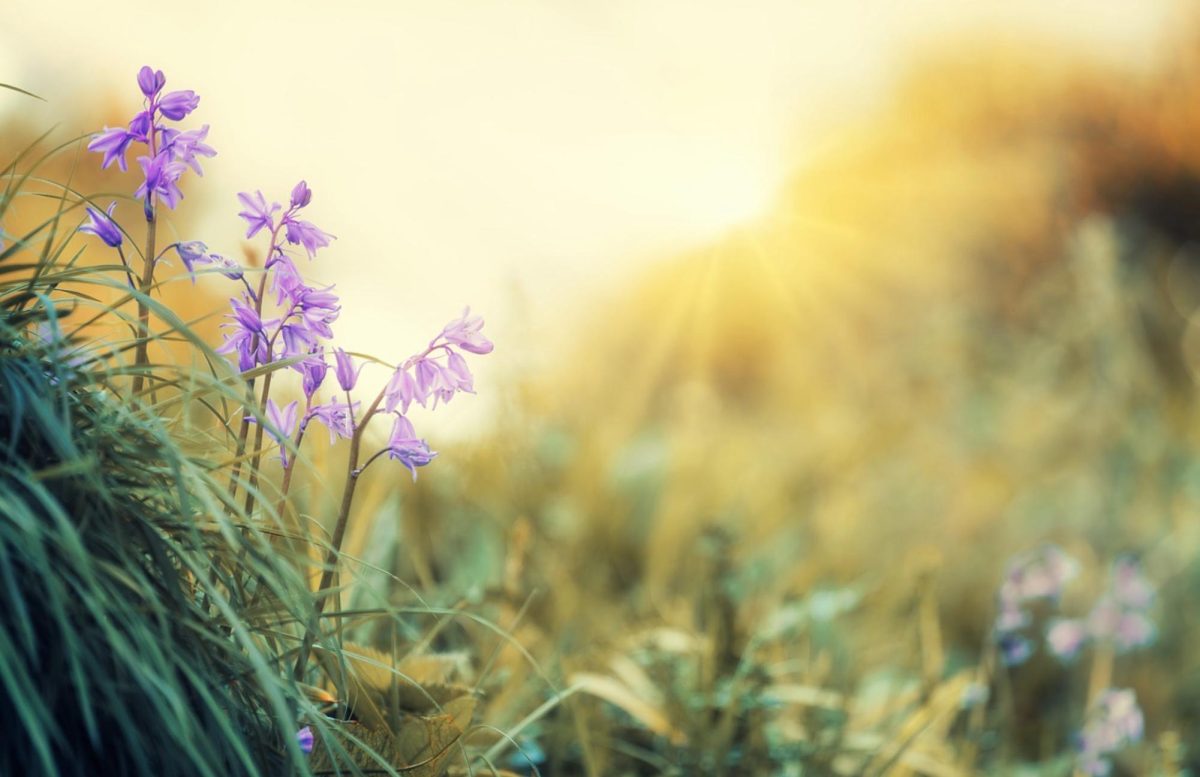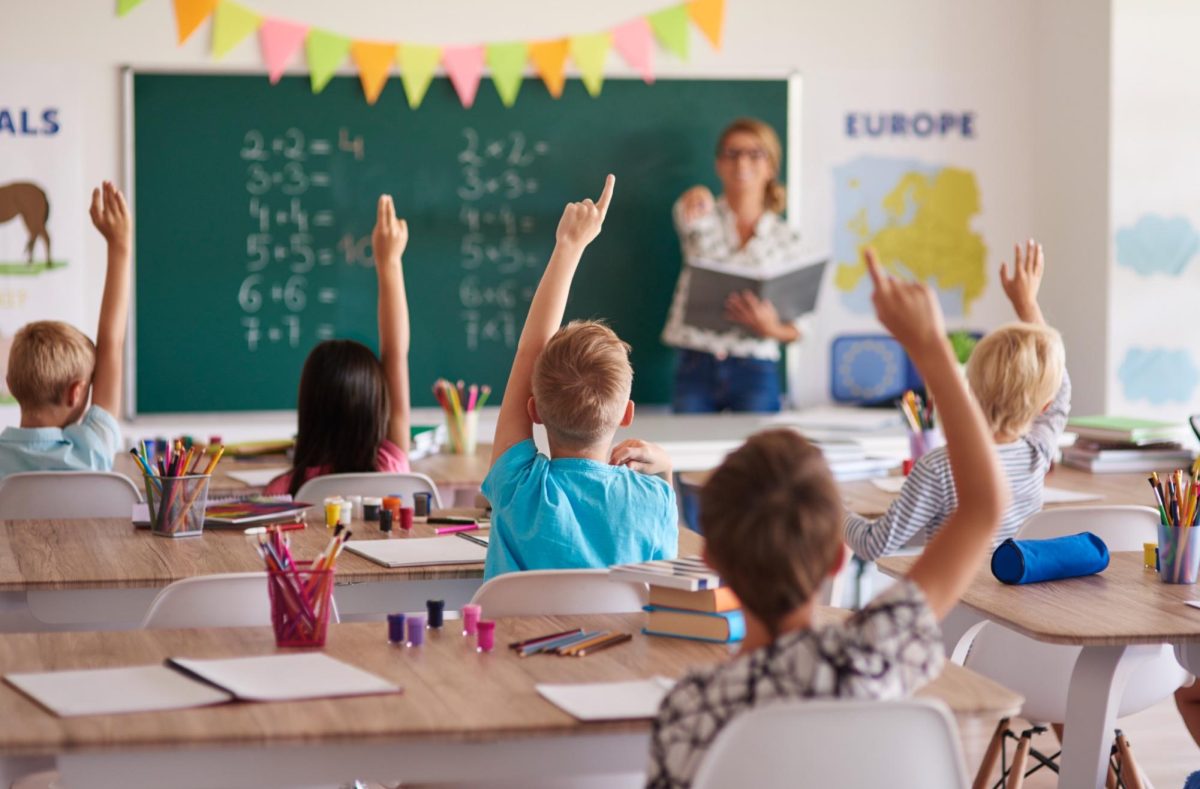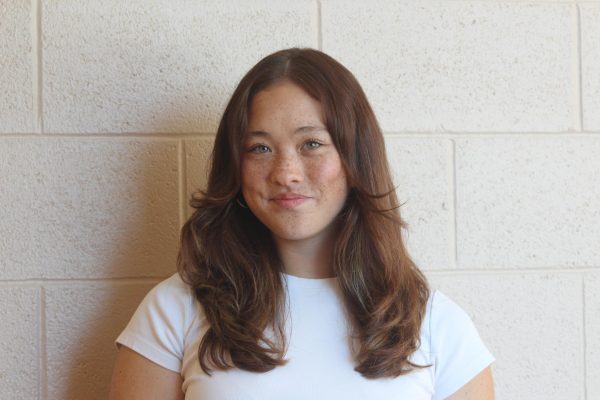With the rise of technology, the ability to generate artwork in seconds may seem like a revolutionary breakthrough. AI-generated art has opened new possibilities in the creative world, but it has also created serious concerns. Questions about originality, artistic value, and its effect on human creators have made this topic a point of controversy.
The involvement of machines in the artistic process has stirred debate among artists. Although AI offers greater access to tools and inspiration, it also brings up valid concerns. These ongoing conversations reflect society’s complicated feelings toward the presence of artificial intelligence in our everyday lives.
One of the main criticisms of AI art is that it lacks true originality. While AI can produce visually appealing images, it does so by mimicking existing styles. This often results in works that feel repetitive without the uniqueness found in human-made art.
The rise of AI-generated art brings up several ethical concerns about how it might be misused. As AI technology improves, it’s becoming easier to create realistic but fake images, which could be used for harmful reasons like spreading false information, manipulating people’s opinions, or even creating fake compromising photos for blackmail.
Another major concern is the question of copyright. Many AI art programs learn from existing artwork, which means they might accidentally include elements of copyrighted art in their creations without permission. This raises important questions about who owns the art, how to give credit, and what is fair use, which are issues that haven’t been fully figured out yet.
Also, AI-generated art could affect human artists and the art industry as a whole. Many artists are already having a tough time making money, especially with the rise of digital platforms that have changed the art market. With more AI art being created, it could become even harder for human artists to find paying work and support themselves.
Human artists bring their feelings, experiences, and perspectives to their creations, something that AI simply cannot replicate. This emotional connection is what makes human art special and meaningful. While AI can create impressive designs, it lacks the genuine creativity and emotional depth of a human artist.
According to the Millenials in Motion Magazine, Independent artist Kelly Mckerman discovered that her artwork, dating back to 2010, was used without her consent, to AI models, leading to feelings of violation and anxiety about her career’s future. This unauthorized use of artists’ work not only infringes on intellectual property rights, but undermines the value of human creativity.
As we continue to move into a world where AI plays a larger role in art, it’s important to find ways to use AI responsibly while still valuing the contributions of human artists. Communication between artists, tech developers, and policymakers will help ensure that AI is used ethically and that the arts remain a vital part of our cultural identity.
If you’re concerned about the impact of AI on the art community and want to make your voice heard, visit the website of the Artists Rights Society to take action and protect human art.


